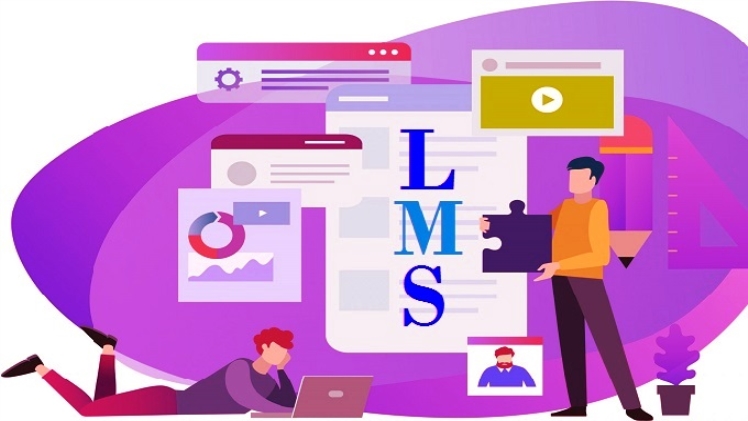The Learning Management System (LMS) is a platform or an application which enables cloud-based management and delivery of online learning, certification, result-tracking, and performance reporting for learners. Thus, the LMS is an important tool for non-profits, eLearning progress, and other businesses. Whether it is your members, employees, partners, stakeholders, vendors, donors, or customers, having training and certifications at scale needs a robust LMS. Having it makes training more accessible anywhere and anytime for the learners. After logging into the system, learners can view the catalogue of courses, launch each course, complete each learning tasks, continue with the assessments, and have a view of their advancement in each course.
Are you a non-profit leader who is looking for the ideal Learning Management System for your organization? Here’s the top five questions you must think about before making the final choice.
What are the Modes of Training Supported by the LMS?
In common, learners can receive each training content in three ways
Online Self-paced Learning: Learners should have access to archives of notes, audio, and videos, thus learning at a comfortable pace..
Live LMS Cloud Training: Online interaction plays a significant role.Learners could meet online using a video and/or audio conference capability which is already part of the LMS
Training with Instructor: Gathering all the participants in groups where an instructor uses the LMS to aid the learning in the process.
The ideal LMS should be versatile, flexible, and adaptive. Ensure that it supports all three significant training modes or the one that serves your practice’s purpose.
Being compliant with the standard set for e-learning
Ensure the Learning Management System could support the content combinations in SCORM (Sharable Content Object Reference Model) and AICC (Aviation Industry Computer-based Training Committee) formats. This is to ensure that all created contents can be accessed from any Learning Management System, just like how a USB flash drive can be played in any USB port.
An ideal LMS should be compliant with these standards, and it should allow you to incorporate content from diverse authoring programs and provide you the option to integrate content generated by additional providers.
Integrations with other systems
LMS integration has two group category: native – which is a built in-app and third party – which is integrated with an external software that act as a connector. These two types of integrations work to make
communication between your LMS and the other apps you use more manageable and reliable. So, the best way to go about while choosing an LMS is to go for a responsive one. LMS integrations initiate your business to limitless possibilities. You are adequately empowered to make organizational decisions, recognize training gap, and build appropriate individual learning programs for the custom needs of every individual or a specific group. An ideal LMS supports integration with different types of productivity-enhancement platforms that will boost your business growth.
Does it support enhanced & interactive learning?
Specific tools that aid social learning, like that of an interactive chat among the users and information discussion boards, enhance the interaction while helping stakeholders share their perspectives. As more people become technologically inclined it is necessary to customize your LMS, furthermore, it will be a good move to align your training program with social media.Integrating LMS with social media supports training goals online and helps increase the engagement and participation of the users. Further, quizzes, surveys, exercises, climbing leader boards, and many more embedded interactive features ultimately help make learning effortless, enjoyable, and progressive.
Is Automatic Reporting Provided by LMS?
A perfect LMS must provide users access to their progress scores and make it easy to constantly keep a check on the same and be aware of their performance. It should generate reports automatically of the learner’s progress. For the administrators, an ideal LMS must have the ability to create automated reports displaying the learners’ progress. It should break down information by subject & export reports into another application and be customized to include specific predefined variables. It can be beneficial if you see a problem arising, and you want some more insights on it in the initial stage, rather than waiting weeks for your following report.
Conclusion:
Apart from all the points mentioned earlier, the best practice while choosing an LMS includes being mindful of the pricing & support. Before you purchase an LMS, research all start-up, support, and pricing details and determine if there’s a free trial available.
Read More About: sattamataka143
The free trial will provide your non-profit with a hands-on look into product features to determine their advantages and ultimately aid in making the best purchasing decision. Investing in the suitable LMS implies you’re investing in a comprehensive service provider that will endure by your side, work with your team effortlessly and create content that makes a perfect fit for the aims of your non-profit.
Read More About: okpunjab

